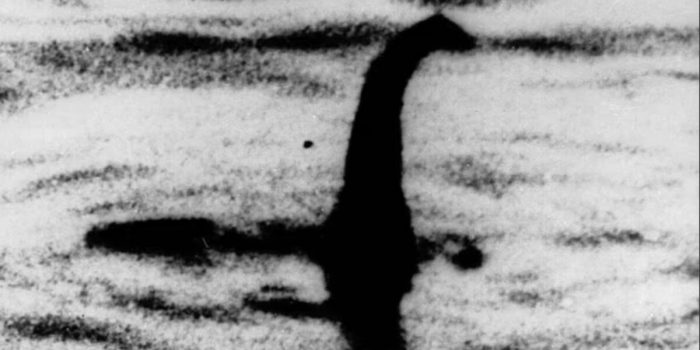In the picturesque waters of Loch Ness, Scotland, the mystery of the legendary Loch Ness Monster has intrigued people for decades. Speculations about its identity ranged from a crocodile to a fish, or even a surviving dinosaur. While some dismissed it as a giant eel, a new theory has emerged, adding to the intrigue.
According to a scientist, the prevailing ‘eel hypothesis’ has been debunked with recent analysis. Traditionally, it was believed that Nessie was approximately one meter long, but new findings suggest that the likelihood of encountering an eel of such size is extremely low, with just a one in 50,000 chance.

The study conducted by this scientist, named Foxon, involved gathering freshwater data not only from Loch Ness but also from various other European freshwater bodies. The analysis included the sizes of 129 eels caught between 1970 and 1971, decades after the famous black-and-white Nessie photograph was taken.
Although the ‘Surgeon’s Photograph’ is widely recognized as a hoax, it is estimated that the monster depicted in the image was between 0.6 to 2.4 meters long. Foxon acknowledges the possibility of a one-meter-long eel existing in the loch, citing a 1.05 meter-long eel found in another lake by scientists.

However, she argues that for a one-meter-long Scottish eel to reach that size, it would take almost 30 years, growing at an unrealistic steady rate. To grow to a massive six meters in length, an eel would need to grow rapidly for nearly 200 years, approaching the lifespan of the longest-living fish, the Greenland shark.

This new research presents a significant challenge to previous beliefs, including a 2019 study from the University of Otago, which suggested the possibility of ‘giant eels in Loch Ness.’ Geneticist Professor Neil Gemmell, who conducted the Otago study, couldn’t verify their size but acknowledged the likelihood of catfish and Greenland sharks being responsible for past Nessie sightings.
Despite acknowledging the possibility that Nessie might be an eel, Foxon believes it is unlikely to be a very large one. Instead, she suggests that Nessie could be a ‘wave phenomena,’ an ‘occasional stray mammal,’ or something else entirely, keeping the Loch Ness Monster mystery alive and open to further investigation.


